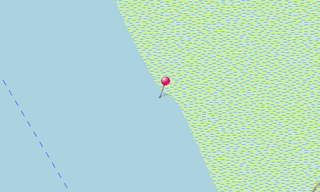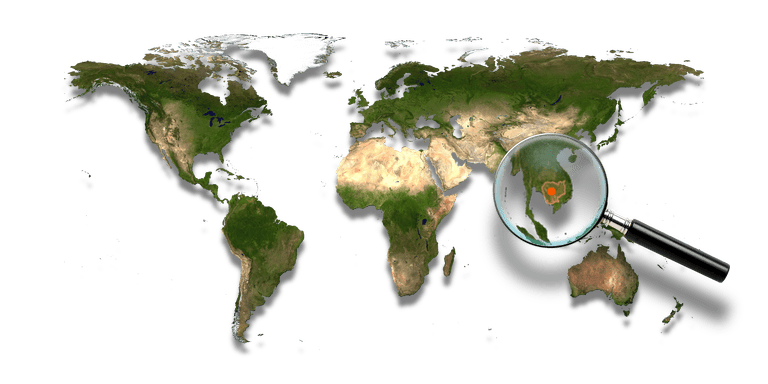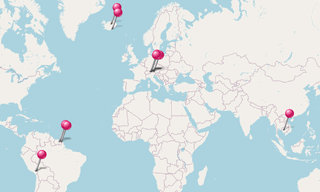Tonlé Sap, commonly translated to “Great Lake”, refers to a seasonally inundated freshwater lake, the Tonlé Sap Lake and an attached river, the 120 km long Tonlé Sap River, that connects the lake to the Mekong River. They form the central part of a complex hydrological system, situated in the 12,876 km² Cambodian floodplain covered with a mosaic of natural and agricultural habitats that the Mekong replenishes with water and sediments annually.
The central plain formation is the result of millions of years of Mekong alluvial deposition and discharge. From a geological perspective, the Tonlé Sap Lake and Tonlé Sap River are a current freeze-frame representation of the slowly, but ever shifting Lower Mekong Basin.
Annual fluctuation of the Mekong’s water volume, supplemented by the Asian Monsoon regime causes the unique flow reversal of the Tonle Sap River.
The Tonlé Sap Lake occupies a geological depression (the lowest lying area) of the vast alluvial and lacustrine floodplain in the Lower Mekong Basin, which had been induced by the collision of the Indian Plate with the Eurasian Plate. The lake’s size, length and water volume varies considerably over the course of a year from an area of around 2,500 km², a volume of 1 km³ and a length of 160 km at the end of the dry season in late April to an area of up to 16,000 km², a volume of 80 km³ and a length of 250 km as the Mekong maximum and the peak of the South-West monsoon’s precipitation culminate in September and early October.

.hero.landscape.jpg)

.jpg?w=256)
.jpg?w=256)
.jpg?w=256)
.jpg?w=256)
.jpg?w=256)
.jpg?w=256)
.jpg?w=256)
.jpg?w=256)
.jpg?w=256)
.jpg?w=256)
.jpg?w=256)
.jpg?w=256)
.jpg?w=256)
.jpg?w=256)
.jpg?w=256)
.jpg?w=256)
.jpg?w=256)
.jpg?w=256)
.jpg?w=256)
.jpg?w=256)
.jpg?w=256)
.jpg?w=256)
.jpg?w=256)
.jpg?w=256)
.hero.jpg?w=320)

-Obersee.hero.jpg?w=320)

.hero.jpg?w=320)
.map.png)